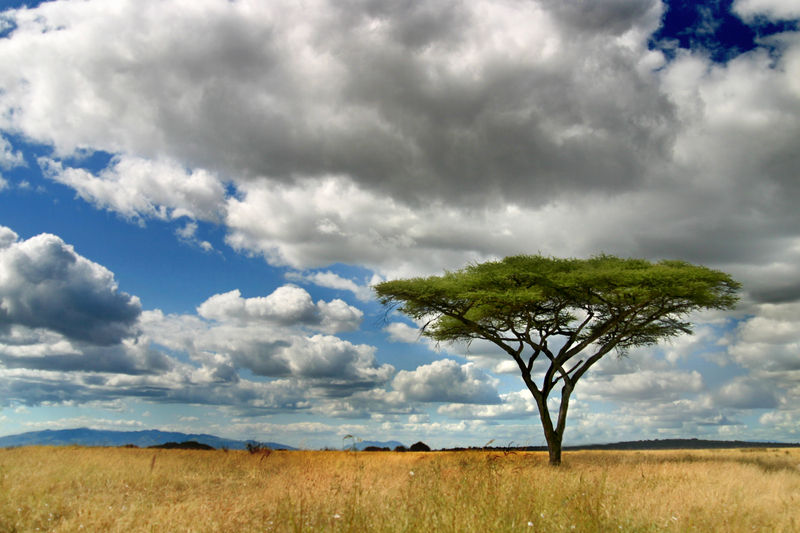
Seed dispersal
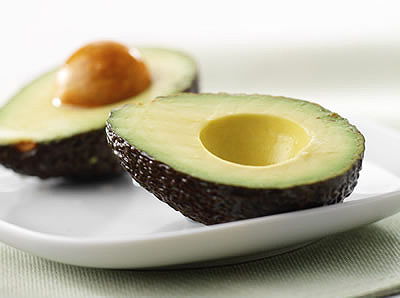
Dispersal is the process of organisms spreading from one place to another. All species, including plants, maintain or expand their range through dispersal. Dispersal is necessary because new generations cannot easily occupy the same physical space their parents occupy.
Unlike most animals, plants have limited abilities to seek out favorable environments. Consequently, plants have evolved adaptations for dispersing by means of seeds, spores or vegetative outgrowths.
Plants overcome their little capacity to find favorable environments by producing lots of seeds, ensuring enough of them will settle at favorable sites. Weeds have small seeds, which are better for long-distance travel. Small seeds, however, contain only a limited food supply for the germinating seedling. So there are trade offs between dispersal distance and the food supply. Larger seeds generally have shorter dispersal distances because of their weight.
Plants have evolved dispersal mechanisms that take advantage of various forms of kinetic energy, including gravity, wind, the flow of water and the movement of animals. There is also ballistic/mechanical dispersal, where a seed pod explodes open and flings its seeds away from the mother plant. Read on and you’ll learn all about it!
Dispersal by water
Aquatic and wetland species sometimes use water to disperse their fruits. The coconut for example, produces a large, dry, fiber-filled fruit capable of surviving adrift at least for long periods because of its air pockets.
Mangrove seeds germinate while attached to the adult plant and seedlings float away on the surface of the water.
The largest seed in the plant kingdom comes from the coco-de-mer palm, native to the Seychelles Archipelago in the Indian Ocean about 1,000 miles East of Kenya.

Dispersal by wind
Various wing or propeller-like structures have evolved to slow the descent of fruits after they attach from their parent. Other plants produce lightweight seeds that are adapted to rise upwards in updrafts of air.

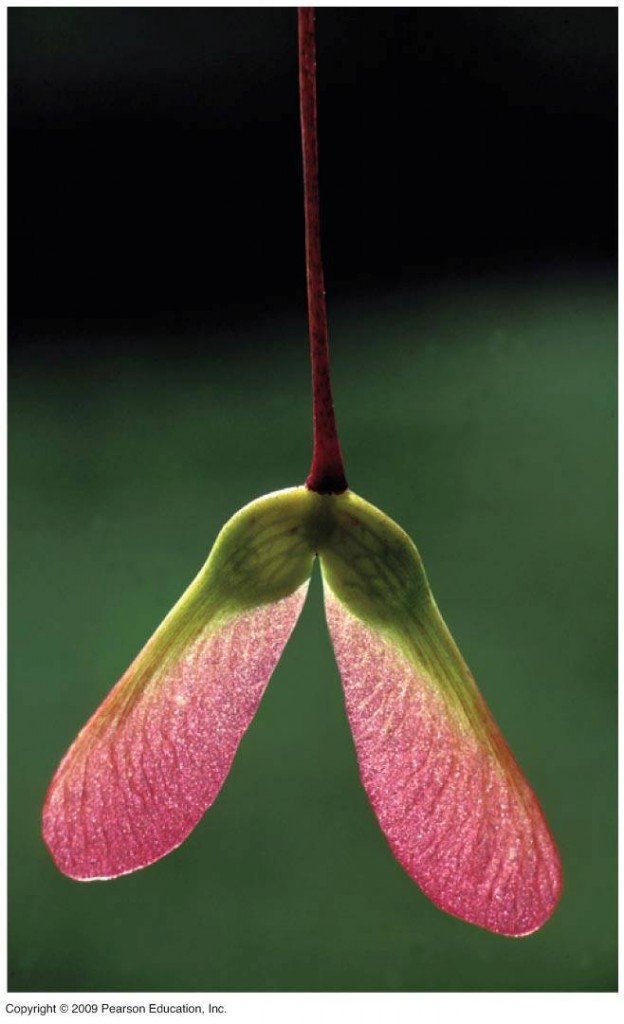
Here’s an awesome example of a “Cattail” plant that uses wind dispersal.
Dispersal by animals
There are two types of seed dispersal by animals:
One is when the fruit has a multi-layered fleshy and flavorful covering. This is meant to entice animals to eat the fruit. If eaten by certain animals, the seeds inside the fruit will pass through the digestive tract undamaged. When the animal defecates, hours later and usually at some other location, the seed is expelled along with a supply of fertilizer. But if another type of animal eats the fruit, the seed might be destroyed by chewing or the digestive juices.
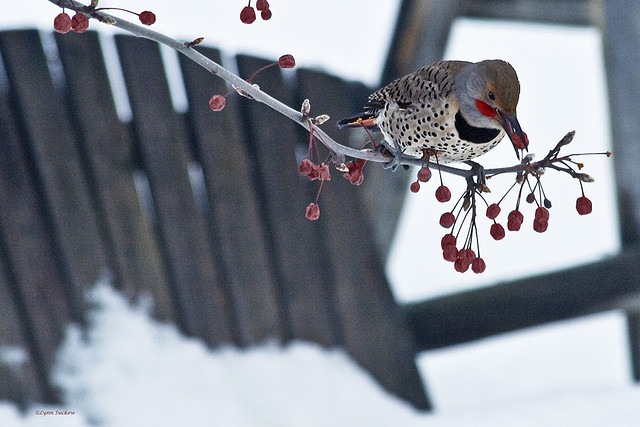
Sweet fruits are thought to be especially appealing to mammals, which tend to have a better sense of taste than birds. Wild chilies on the other hand, are often dispersed by birds. Capsaicin, the compound that makes chilies hot, is thought to be an adaptation for enticing birds. Birds are also fond of some overly mature, fermenting fruits. They sometimes indulge these to the point of becoming too intoxicated to fly.
Sometimes animals such as squirrels and some birds will actually plant the seeds themselves. When they cache (store) seeds in the ground to use in the winter, they often collect more than they need. When they are forgotten or not used, the seeds may germinate into plants.
The second type of seed dispersal involves adaptations for clinging to an animal. Some fruits have evolved hooks or barbs that cling to the animal. Other fruits contain a sticky substance that allows the seed to adhere to an animal as it eats the fruit.
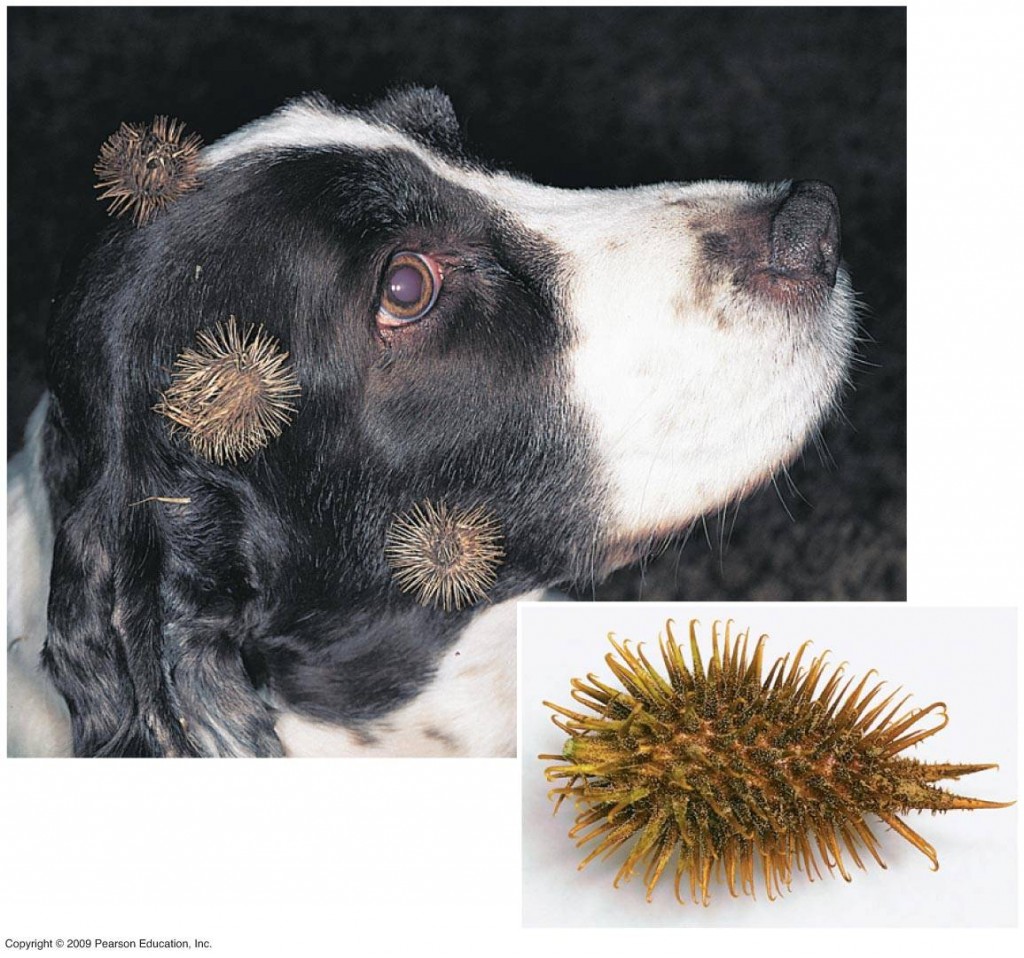
Mechanical dispersal (Ballistic dispersal)
Some plants, such as pea pods, lupines, California poppies, and pansies, have a way of flinging their ripe seeds in all directions with considerable force. They rely on mechanical forces that will eventually cause the seed to be catapulted out when the pods have dried out or touched by another animal.
When the pod starts drying out, tensions are set up in the wall of the pod like a spring and eventually the heat from direct sunlight will cause it to snap and fling speeds all over the place.

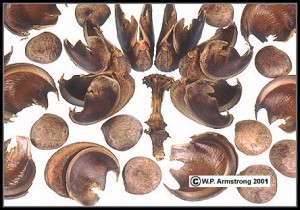
Here’s an excellent video showing how seeds may explode…
Hope that was cool 🙂 Share this post with your friends!






